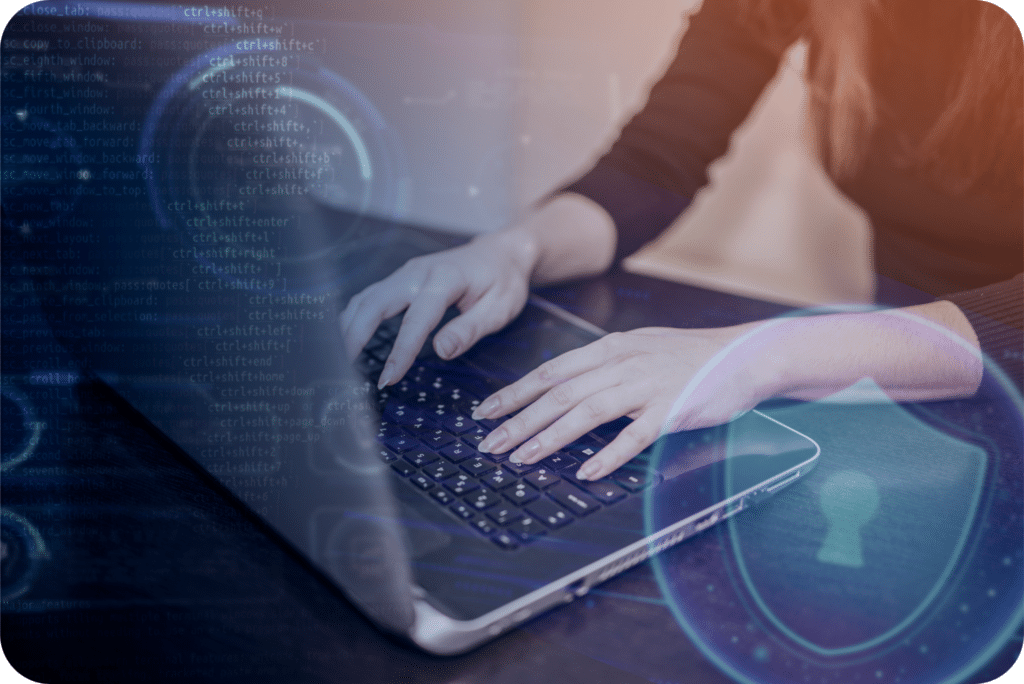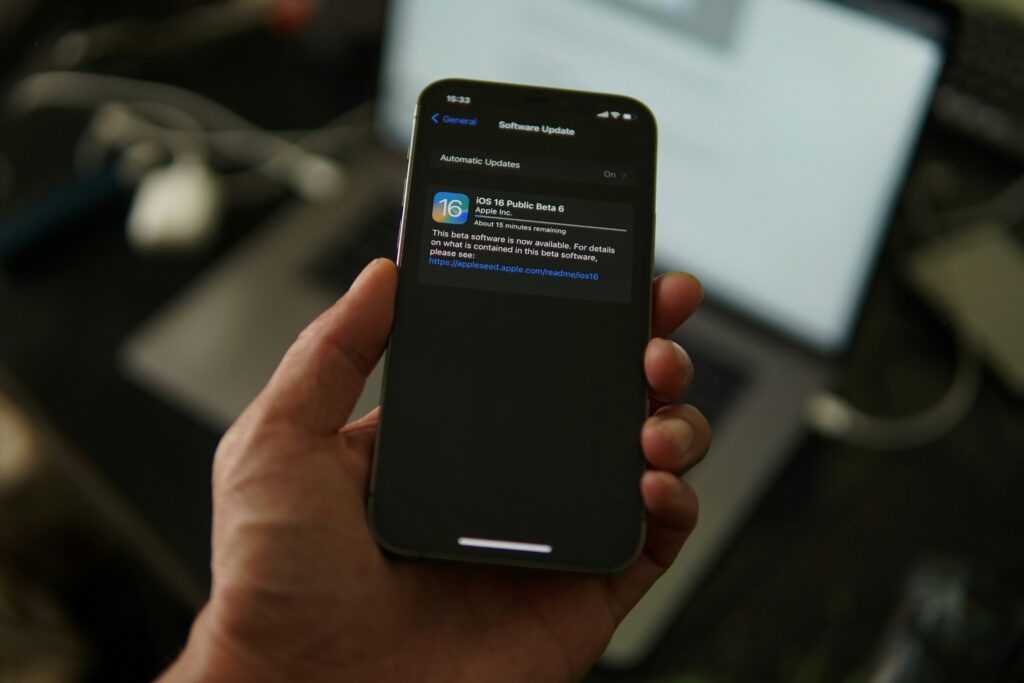Hopefully you all have antivirus software, which is essential for computer security. However, there are limits to its functionality. It can’t guarantee complete protection against cyber-attacks, contrary to popular belief. Here are a few reasons why!
Constantly evolving threats
Cyber attacks are evolving day by day, with new types of malware and emerging attack techniques. New threats surface every day, so a traditional antivirus may not be able to detect these more advanced threats. It may also be unable to detect “zero days”; these are computer vulnerabilities that have not been published or have no known patch.
Attacks are not limited to the classic virus; malware, ransomware, Trojans and phishing attacks can bypass the monitoring of a simple antivirus.
Operating system vulnerability
Antivirus software generally focuses on detecting malware, but obviously doesn’t fix operating system vulnerabilities. Whether it’s Windows or macOS, if your operating system isn’t up to date, it may have usable security holes. It’s the same for your applications: keep your updates up to date!
Network security
Antivirus software usually focuses on security at the computer level. However, it cannot provide adequate protection against threats that spread across networks. Firewalls, intrusion detection solutions and VPNs may be needed to reinforce your network security.
IT security also involves raising user awareness. Phishing attacks, for example, often (very often) exploit users’ naivety. Regular training and awareness-raising on online security are crucial. Take the time to read the news on this subject; we’re sure you’ll be surprised at what you can learn!

Here is a list of security measures you can put in place to reinforce your protection:
- Antivirus and antimalware: Use a reliable antivirus and antimalware program (ask before you choose) and make sure you keep it regularly updated. What’s the difference between these two programs?
- The main focus of antivirus software is usually on protection against threats that spread by infecting executable files or exploiting operating system vulnerabilities (as mentioned above). Antimalware, on the other hand, can target a wider range of threats. It uses more advanced techniques to detect new threats that don’t yet have known signatures. So, an antivirus usually deals with older, established threats, while antimalware more often focuses on newer threats.
- Updates: we can’t stress this enough, update your updates! Keep your operating system, browser, software and applications up-to-date by installing the latest updates and security patches.
- Firewall: activate a firewall to monitor and control traffic entering and leaving your network.
- Backing up your data: make regular back-ups of your important data, and make sure you can restore them if necessary.
- Managing your passwords: use strong passwords, change them regularly (not just when you get a login attempt alert) and use a password manager to securely store your credentials.
- Two-factor authentication (A2F): activate two- or multi-factor authentication whenever possible, as it adds an extra layer of security.
- Network monitoring: use monitoring tools to detect suspicious activity and possible intrusions.
- Data encryption: use encryption to secure the most sensitive data, especially when stored or transmitted over networks.
- Control access: restrict access to data and systems to authorized users only.
- Physical security: make sure IT equipment is physically secured to prevent unauthorized access. Physical security is just as important!
- Vulnerability: carry out vulnerability tests as soon as possible to identify and correct potential weaknesses in your infrastructure.
- Contingency plan: draw up a contingency plan so you can react quickly in the event of a breach.
By implementing these measures, you can significantly enhance your system’s security.
While anti-virus software is an important component of IT security, a comprehensive approach involves good practice, including regular software updates, user awareness, network monitoring and robust backup strategies.


